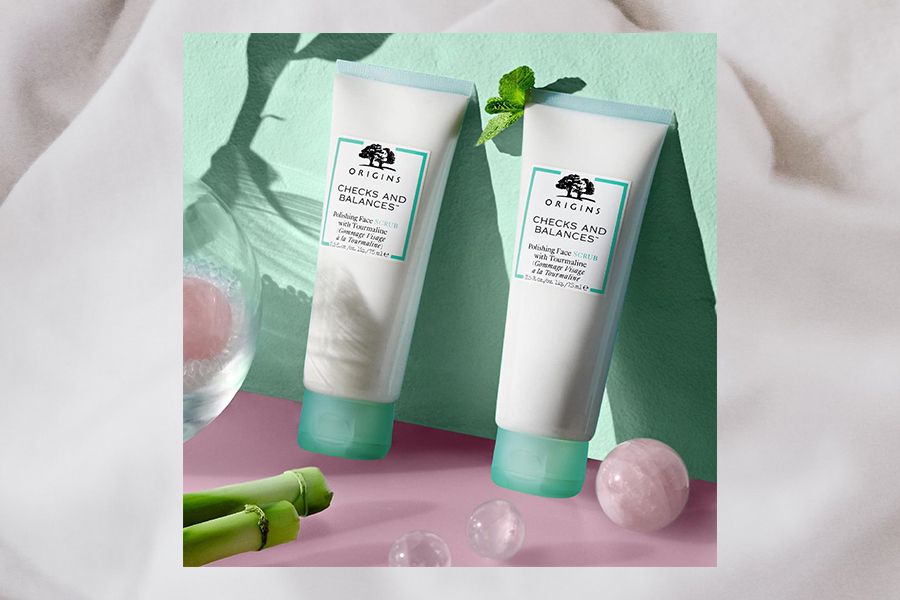Erbium Laser Resurfacing: Everything You Need to Know
Skincare is now one of the most important parts of our daily routines. Cleansers, scrubs, physical exfoliators, serums, etc., cover our bathroom counters and fill our medicine cabinets to the brim. But, after months of consistency, you still aren’t seeing the results you were hoping for. We want you to know that is normal, because while a consistent, well-curated skincare routine can help yield some desirable results, some concerns might take in-office options performed by a licensed dermatologist. For example, chemical peels are a popular option for surface skincare concerns like hyperpigmentation and acne.
However, laser treatments can be an ideal alternative for treating hyperpigmentation in addition to sun damage and fine lines. There are quite a few laser treatments on the market, but we’re here to share information about Erbium laser resurfacing, a treatment that does it all and treats everything from acne scars to sun damage. Keep reading to learn more about how Erbium laser resurfacing works, directly from the pros: Dr. Hadley King and Dr. Sunitha Posina.
What Is Erbium Laser Resurfacing?
“Erbium laser resurfacing is designed to remove superficial and moderately deep lines and wrinkles on the face, hands, neck, and chest,” King tells Byrdie. “The Erbium laser results in a narrower area of heating of adjacent tissues compared with other laser skin-resurfacing methods. This results in a more focused removal of old skin cell layers. And this means that a benefit of Erbium laser resurfacing is minimal burning of surrounding tissue and fewer side effects such as swelling, bruising, and redness, so the recovery time should be faster than with CO2 laser resurfacing.”
Benefits of Erbium Laser Resurfacing
- Helps reverse sun damage
- Treats fine lines, wrinkles, and hyperpigmentation
- Requires no downtime
- Can be safer for deeper skin tones
How to Prepare for Erbium Laser Resurfacing
For starters, arrive at your appointment with clean skin. Secondly, you’ll want to avoid heavy sun exposure and deep facial peels at least four weeks before treatment. This includes chemical peels, microdermabrasion, and other laser resurfacing options. Finally, for specific guidance, speak with your doctor about the use of topical treatments like Retin-A, glycolic acid, and vitamin C before treatment.
The Best Candidate for Erbium Laser Resurfacing
To find the right laser option for your skincare concerns, talk with your doctor, especially if you have a deeper skin tone, because Erbium laser resurfacing is less risky for lighter skin tones, according to King: “For lighter-toned Black, Hispanic, or Asian skin tones, Erbium laser resurfacing can sometimes be a good option, posing less risk for discoloration compared to some resurfacing lasers. Patients with darker brown skin may need to consider other skin resurfacing options, such as radio-frequency treatments or microneedling.” In addition, Posina says, “It is important to be done with caution in Fitzpatrick types 4 to 6 due to risk of hypo/hyperpigmentation or avoid all together.”
What to Expect During Erbium Laser Resurfacing
Before the treatment begins, the skin is cleansed and numbed with a local anesthetic. Depending on the area(s) treated, the appointment can take between 30 and 45 minutes (for isolated facial treatments) and up to two hours for full-face treatments. After the treatment is complete, a nonstick dressing is applied to the treatment sites for a full 24 hours. Following the removal of the dressing, you won’t be able to get back to your normal skincare routine.
Instead, you will be cleansing your skin two to five times a day with saline or a diluted vinegar solution, depending on your doctor’s recommendation, and that will be followed up with an emollient ointment like Aquaphor to keep skin moist to prevent scabbing. “There will be some redness and bruising, mild swelling for about one to three days, followed by a few days of skin flaking for another two to three days,” says Posina. “Usually, the total recovery/healing on average takes about three to four weeks, depending on the problem that was treated.”
How Many Treatments Are Needed to See Results?
Results will vary from person to person, but Posina has some good news. “Usually, significant results are seen after even one treatment, but depending on the desired results, some may need several treatments and can be repeated in 6 to 12 months.”
Potential Side Effects
With any cosmetic procedure, there are potential side effects. For this procedure in particular, if you have cold sores or smoke, you will want to take special care. “Tell your doctor if you get cold sores on the face,” King advises. “Laser resurfacing can trigger outbreaks, so they will give you an antiviral medication to take before and after the procedure. If you smoke, you should stop at least two weeks before the procedure to improve healing. You may also be instructed to stop medications or supplements that can increase bleeding, like aspirin, ibuprofen, and vitamin E.”
The Cost
According to the American Society of Plastic Surgeons, the average cost of laser skin resurfacing is $2,509 for ablative and $1,445 for non-ablative. The cost of the treatment will vary depending on location, area(s) of treatment, and the doctor who performs the service.
The Final Takeaway
If you’re ready to treat skin concerns that your skincare routine cannot address, talk with your dermatologist about Erbium laser resurfacing. They will help you decide whether the treatment is right for you. If you have a deeper skin tone, before you schedule your treatment, talk with your doctor about whether or not they treat or specialize in treating deep skin tones to find the practitioner that is the best fit for you.









